The Vietnamese coffee culture is as unique and diverse as the nation, blending traditional methods with modern innovations. Whether you’re sipping a hot cup in a bustling street café or enjoying a cool glass of iced coffee by the sea, Vietnamese coffee offers an experience like no other.
In this article, we’ll take you on a journey from the charming coffee shops in the cities to the roots of coffee production in the highlands, exploring the different ways coffee is enjoyed and experienced across the country.
The Origins of Vietnamese Coffee: A Legacy of French Influence
The story of Vietnamese coffee begins in the 19th century when French colonists introduced coffee plants to the country. The fertile soils of Vietnam’s Central Highlands, particularly around the regions of Đắk Lắk and Lam Dong, proved ideal for cultivating high-quality Arabica and Robusta beans. Over time, coffee became a staple of Vietnamese daily life, particularly in urban areas like Hanoi and Ho Chi Minh City.
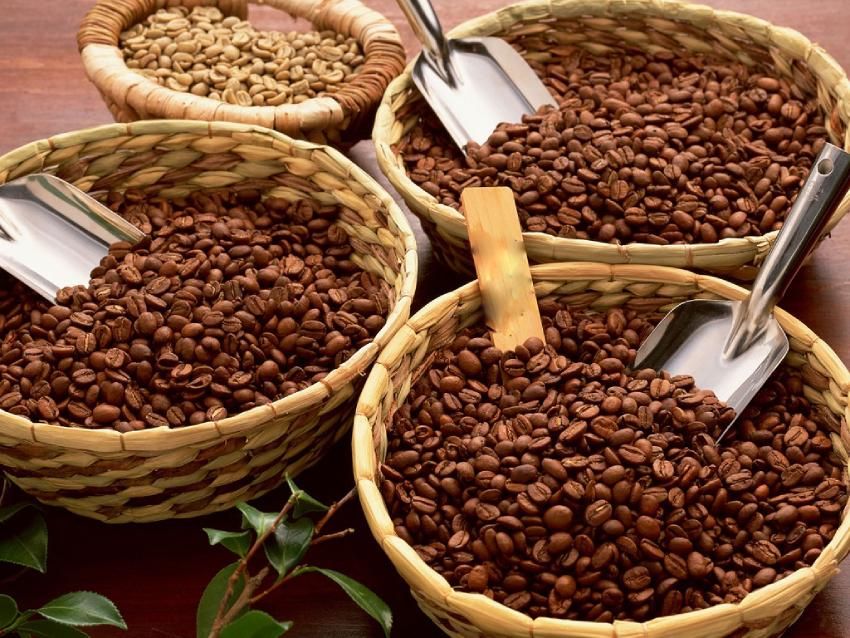
Today, Vietnam is one of the largest coffee producers in the world, primarily known for its Robusta beans, which have a stronger, more bitter flavor compared to Arabica. However, the way Vietnamese coffee is brewed and served has evolved into something entirely distinct from the traditional European methods.
Hanoi's Street-side Cafes: The Soul of Vietnamese Coffee Culture
Hanoi, the capital of Vietnam, is home to some of the most traditional coffee spots in the country. The coffee culture here is centered around simple, humble coffee shops, often located right on the sidewalks. These vỉa hè (street-side) cafes have become an essential part of life for locals, providing a space for socializing, people-watching, and enjoying a strong cup of Vietnamese coffee.
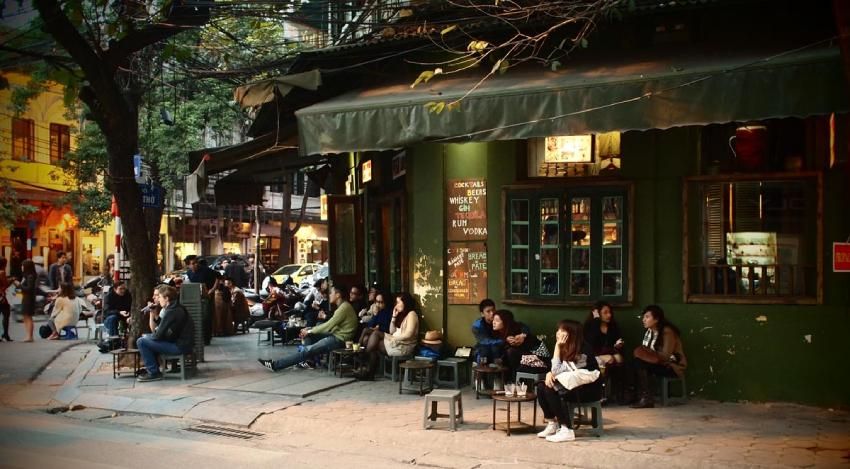
In these cafes, you’ll find coffee served in its purest form, brewed slowly through a phin filter, giving the coffee a rich, full-bodied flavor. The most iconic coffee drink in Hanoi is cà phê sữa đá (iced coffee with condensed milk). The combination of strong, bitter coffee and sweet, creamy condensed milk creates a deliciously balanced beverage that has won the hearts of both locals and tourists alike. The process of sitting down and enjoying coffee in these open-air cafes is a reflection of the leisurely pace of life in Hanoi, making it an experience that goes beyond just drinking coffee.
The Coffee Plantations of the Central Highlands: From Beans to Brew
While coffee culture thrives in the cities, the true heart of Vietnam’s coffee industry lies in the Central Highlands, particularly in the provinces of Đắk Lắk, Lam Dong, and Gia Lai. This region is known as Vietnam’s coffee belt, where the country's best coffee beans are grown. Robusta and Arabica beans, both of which are essential to Vietnamese coffee, flourish here due to the rich, fertile soil and favorable climate.
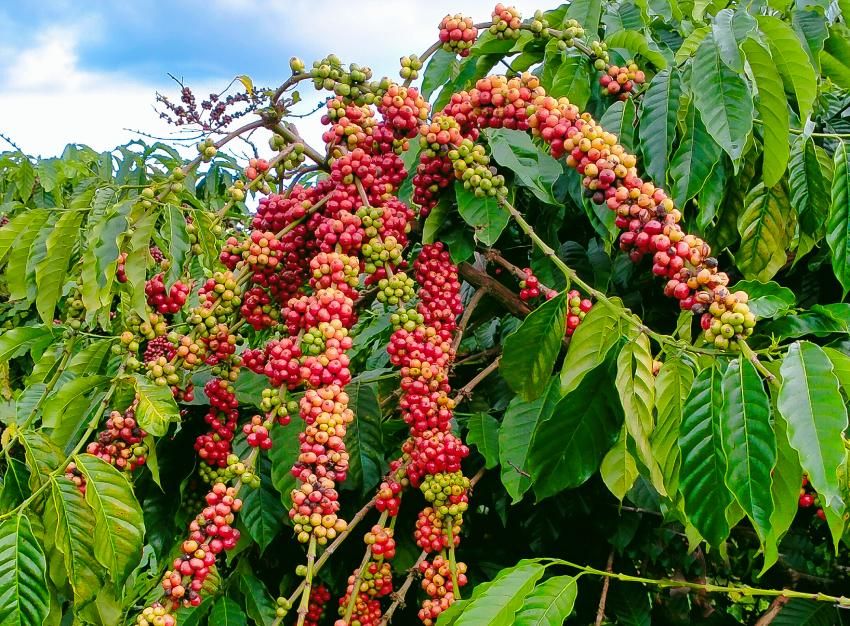
Visiting a coffee plantation in the Central Highlands offers a unique opportunity to see the entire coffee production process, from the cultivation of coffee plants to the roasting of the beans. Many coffee plantations in this region offer coffee tours, where visitors can walk through the plantations, learn about the different types of coffee beans, and even try their hand at picking coffee cherries.
A visit to these plantations allows travelers to gain a deeper understanding of Vietnam’s coffee heritage and the hard work that goes into producing the perfect cup of coffee. The coffee grown here is often exported around the world, but many of the local cafes also use beans from their own farms, ensuring that the local coffee experience is deeply connected to the land.
Exploring Vietnam's Coffee Tours: A Unique Experience for Coffee Lovers
For those looking to dive deeper into the world of Vietnamese coffee, coffee tours are an excellent way to explore both the urban and rural coffee scenes. In the major cities like Hanoi, Ho Chi Minh City, and Da Nang, you can find guided coffee tours that take you through the most iconic cafes in the area, where you can taste different styles of coffee, learn about the brewing techniques, and discover the stories behind each café.
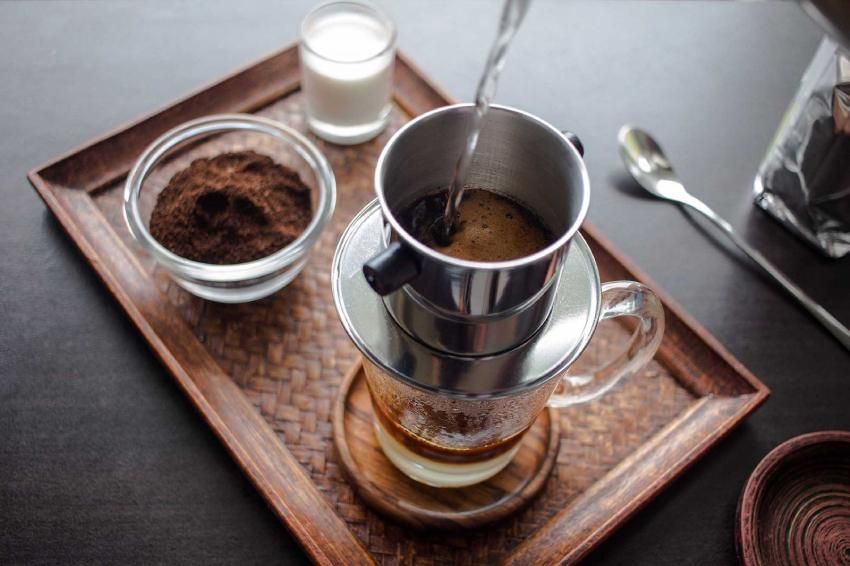
In the Central Highlands, coffee plantation tours are a must-do experience. These tours offer an immersive look into the coffee-making process, starting from the plantations to the roasting and brewing methods. Along the way, you’ll learn about the history of coffee in Vietnam and how it has evolved, blending traditional methods with modern innovations.
For tourists who want to take their coffee experience to the next level, some tours even offer coffee-tasting workshops, where you can sample various types of Vietnamese coffee and learn how to prepare it like a local. Whether it’s learning how to brew coffee using a phin filter or understanding the art of making egg coffee (a creamy, egg-based coffee specialty from Hanoi), these tours provide a deep, hands-on experience of Vietnam’s coffee culture.
The Rise of Vietnamese Coffee Around the World
Vietnamese coffee has made a significant impact globally in recent years. International coffee chains and specialty shops are now offering Vietnamese-style coffee, often featuring condensed milk and the signature drip brewing method. The distinct taste and strong flavor profile of Vietnamese coffee have helped it stand out in the crowded world of global coffee culture.
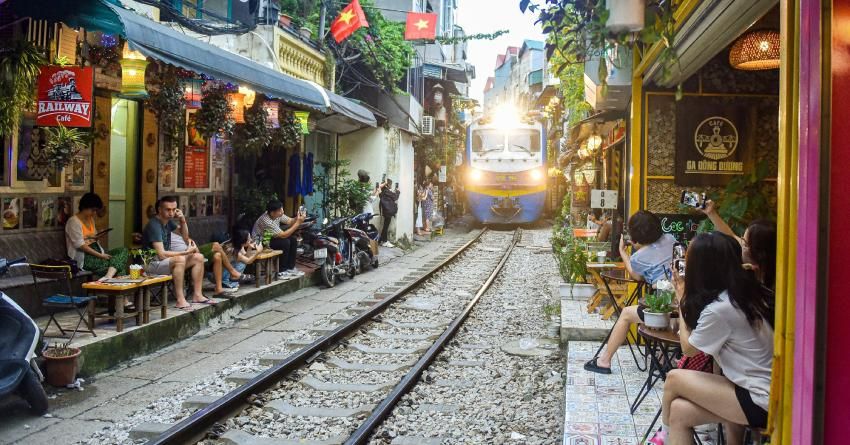
For those who visit Vietnam, taking part in the local coffee culture is a must. It’s an experience that’s as much about the beverage itself as it is about the slow, communal ritual of enjoying coffee in the company of others.
More Than Just Coffee, It’s a Cultural Experience
Whether you’re a coffee enthusiast or a casual drinker, the coffee culture in Vietnam offers a fascinating glimpse into the heart of the nation. From the time-honored methods of brewing to the vibrant café scenes in major cities, Vietnamese coffee is a celebration of tradition, innovation, and community. So next time you visit Vietnam, be sure to immerse yourself in this beloved national pastime — your taste buds will thank you.




